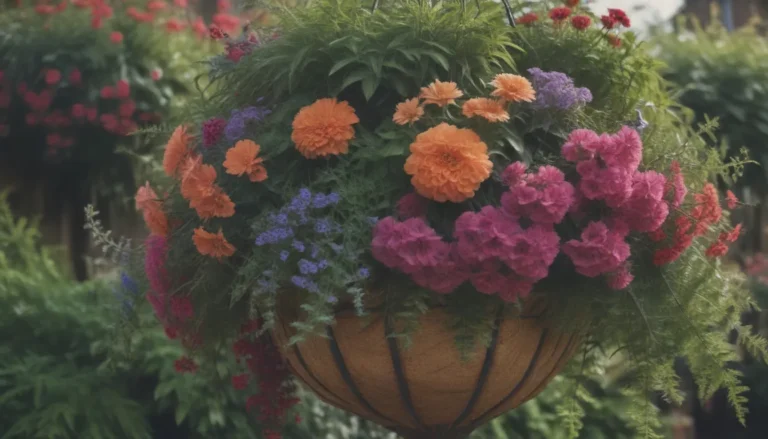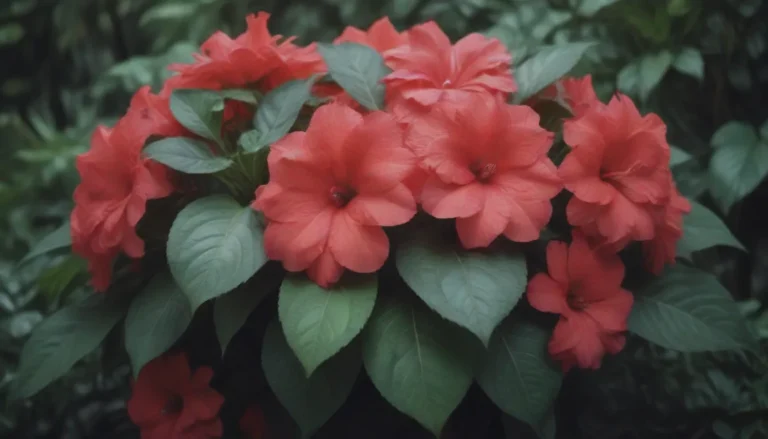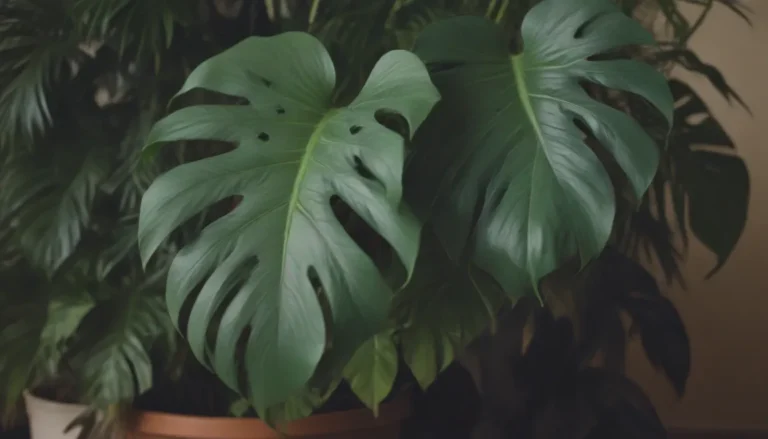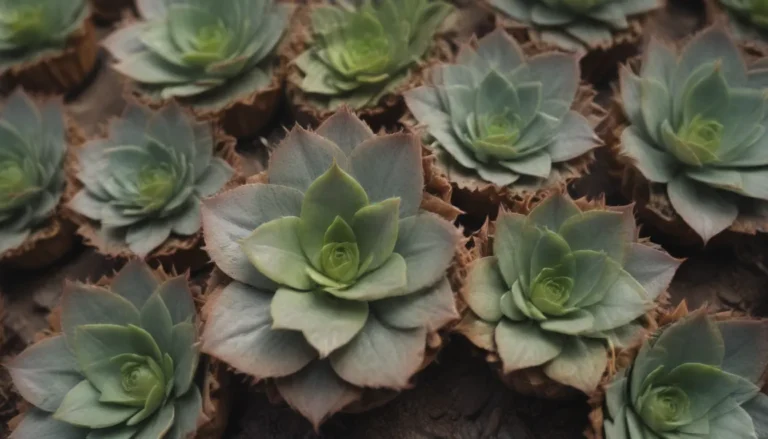Understanding Why Your Arborvitae is Turning Brown
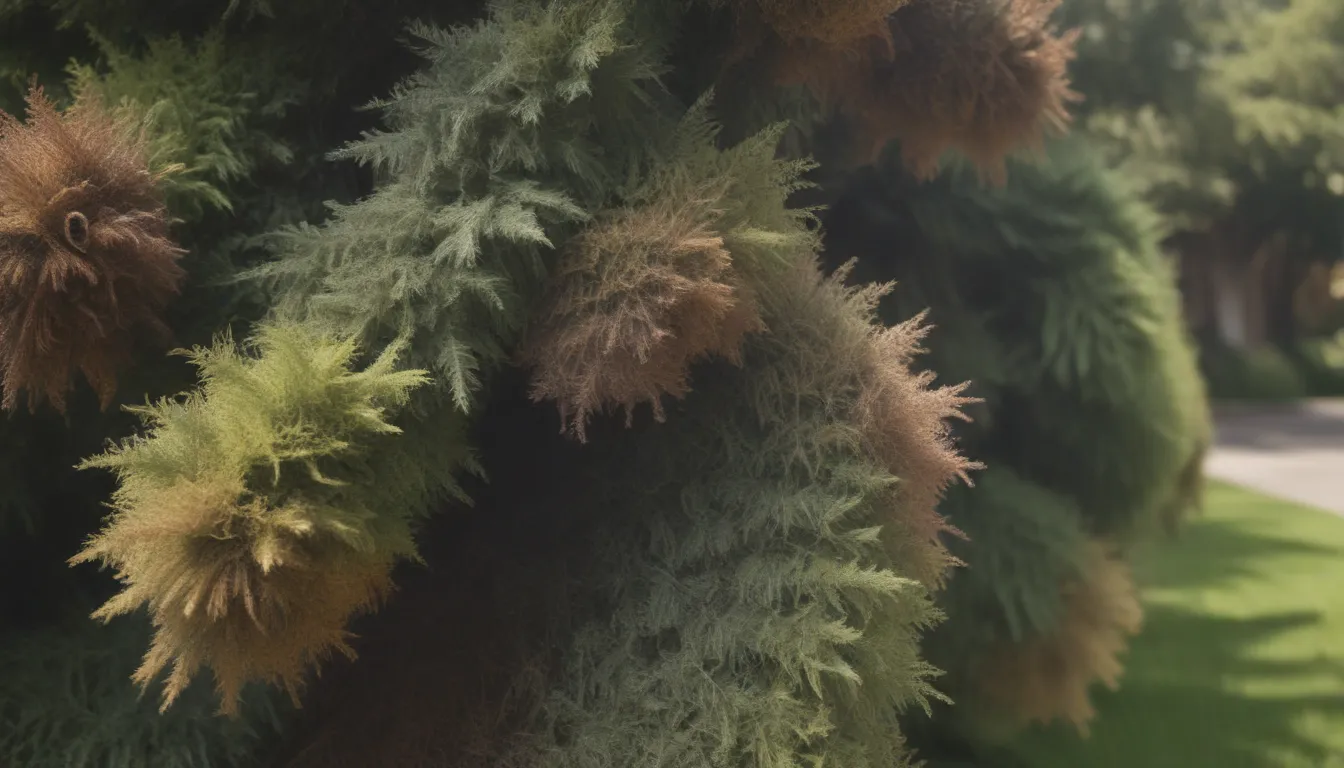
If you’ve noticed your arborvitae tree starting to turn brown, don’t panic just yet! There are several reasons why this might happen, and solutions to help your tree thrive all year round. Arborvitae trees are a popular choice for many homeowners looking to add some greenery to their landscape. They are fast-growing, aesthetically pleasing, and great for providing privacy. However, like any plant, arborvitae can face some challenges that may cause their foliage to turn brown.
Common Reasons for Arborvitae Browning
Let’s dive into some of the most common reasons why your arborvitae leaves might be turning brown:
Not Enough Water
Water is essential for the health of any plant, and arborvitae is no exception. During the summer months, brown foliage can be a sign of drought. Make sure your arborvitae is planted in moist, well-draining soil and supplement with water if needed, especially during dry periods.
Insufficient Sunlight
Arborvitae trees need plenty of sunlight to thrive. If you notice brown foliage towards the innermost branches of your tree, it may be a sign that they are not getting enough light. Make sure to plant your arborvitae in an area that receives at least six hours of direct sunlight per day.
Winter Burn
If your arborvitae turns brown in the winter or early spring, it may be suffering from winter burn. This occurs when the tree is unable to draw water from frozen soil, leading to dehydration and brown foliage. Wrapping your arborvitae in burlap can help protect it from winter burn.
Preventive Measures to Keep Your Arborvitae Healthy
Now that we understand why arborvitae foliage turns brown, let’s explore some preventive measures you can take to ensure your tree stays happy and green:
Protect Against Winter Burn
Wrapping your arborvitae in burlap can help protect it from winter burn. Avoid planting in areas exposed to high winds, and make sure to water your tree adequately in the fall to prepare it for the winter months.
Apply Garden Mulch
Garden mulch can help conserve moisture in the soil around your arborvitae, preventing winter burn from occurring. Make sure to apply a layer of mulch around the base of your tree to help retain moisture.
Supplemental Watering
During warmer months, make sure to water your arborvitae regularly. Even in the winter, if the ground thaws out, take advantage of the opportunity to provide your tree with some much-needed moisture. Consider using a watering system, moisture meter, and mulch to help maintain adequate hydration for your tree.
Prune Brown Patches
If your arborvitae is not getting enough sunlight, consider lightly pruning back some branches to expose more of the innermost tree. This can help improve light penetration and encourage healthy growth. Pruning damaged branches in late spring or mid-to-late fall can also help promote new growth.
Conclusion
Taking care of your arborvitae tree requires some time and effort, but with proper attention and care, you can enjoy a vibrant, green tree all year round. By understanding why arborvitae foliage turns brown and taking proactive measures to prevent it, you can ensure that your tree remains healthy and thriving. Remember to monitor soil moisture, check for pests, and provide your arborvitae with adequate sunlight and water to keep it looking its best. With the right care, your arborvitae can be a beautiful addition to your landscape for years to come.


